(NLDO) - The society of an extinct human species may be "ahead of its time" compared to us in some areas, for example medicine .
A research team led by paleoanthropologist Mercedes Conde-Valverde from the University of Alcala (Spain) reanalyzed another human fossil specimen coded CN-46700, excavated from the Cova Negra cave in 1989.
CN-46700 is the remains of a Neanderthal child, dating to around 273,000 to 146,000 years ago, when this ancient human species settled in the area.
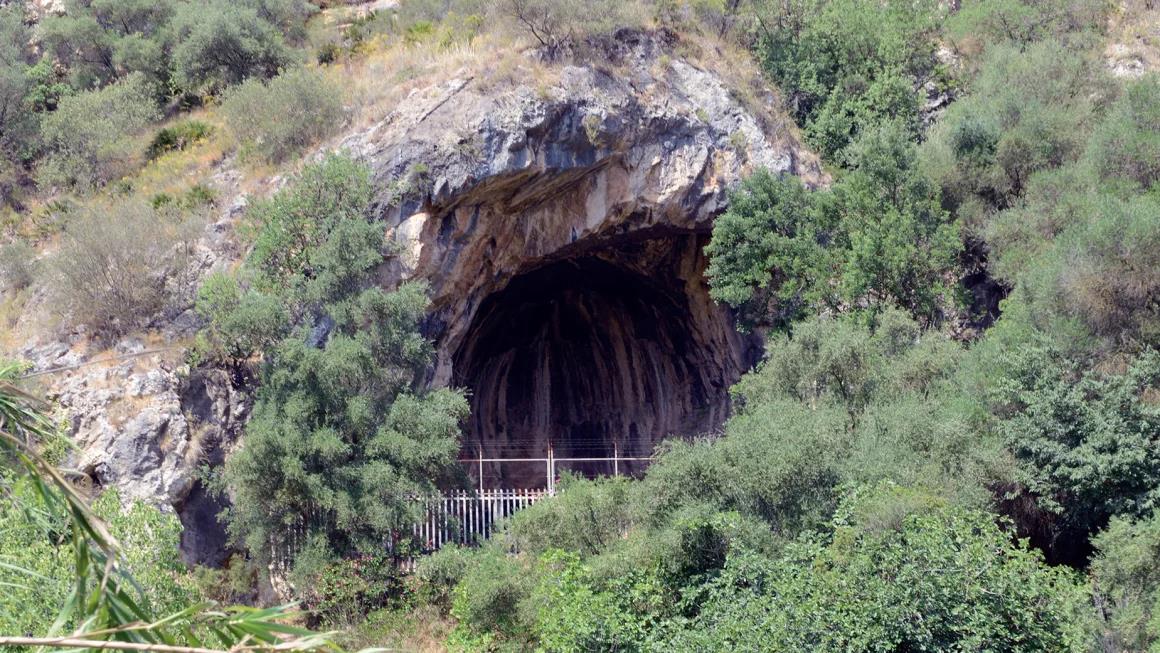
Cova Negra Cave, where ancient humans Neanderthals once lived - Photo: CNN
Researchers used a micro-CT scanner to build a 3D model of the original fossil for analysis.
They found signs of health problems including a smaller cochlea, with abnormalities that can cause hearing loss and severe vertigo. "The only syndrome that matches all the abnormalities found in CN-46700 is Down syndrome," said Dr. Conde-Valverde.
Down syndrome is not only found in humans but also in other ancient and modern hominins.
But what is shocking about this discovery is that the child was 6 years old when he died.
According to Science Alert, previous archaeological evidence shows that children with Down syndrome in the Iron Age often did not survive past the age of 16 months.
By 1900, medical advances and health care systems had given people with Down syndrome an average life expectancy of 9 years.
Today, after countless advances in medicine and social models, people with this disease can even live as long as healthy people.
So it is almost unbelievable that a child with Down syndrome hundreds of thousands of years ago could live longer than children in the Iron Age and almost as long as children in the early 20th century.
Down syndrome is often associated with defects that affect growth, physical and cognitive development, and motor skills.
Children with this syndrome often have slow walking and speech, balance and coordination problems that increase the risk of falls, and difficulty feeding due to poor muscle tone.
Thus, maternal care alone, given the primitive conditions of prehistoric life, would not have been sufficient to sustain the child to age 6. The existence of CN-46700 suggests that the child received extensive and ongoing support from the larger group.
That means Neanderthals may have evolved much faster than we thought, and may even have had a more complex social structure than our own species at the same time.
Previously, some evidence also showed that this ancient human species was not wild ape-men as previously thought, but possessed many impressive skills tens of thousands of years ago - from weaving, making tools to making jewelry.
Neanderthals became extinct about 30,000 years ago and were of the same genus Homo (Human) as modern humans Homo sapiens.
Source: https://nld.com.vn/phat-hien-soc-ve-mot-loai-nguoi-khac-tien-hoa-vuot-bac-196240701112603317.htm




![[Photo] The first meeting of the Cooperation Committee between the National Assembly of Vietnam and the National People's Congress of China](https://vphoto.vietnam.vn/thumb/1200x675/vietnam/resource/IMAGE/2025/8/31/f5ed4def2e8f48e1a69b31464d355e12)
![[Photo] Marching together in the hearts of the people](https://vphoto.vietnam.vn/thumb/1200x675/vietnam/resource/IMAGE/2025/8/31/8b778f9202e54a60919734e6f1d938c3)
![[Photo] National Assembly Chairman Tran Thanh Man welcomes and holds talks with Chairman of the National People's Congress of China Zhao Leji](https://vphoto.vietnam.vn/thumb/1200x675/vietnam/resource/IMAGE/2025/8/31/9fa5b4d3f67d450682c03d35cabba711)
![[Photo] General Secretary To Lam receives Chairman of the National People's Congress of China Zhao Leji](https://vphoto.vietnam.vn/thumb/1200x675/vietnam/resource/IMAGE/2025/8/31/5af9b8d4ba2143348afe1c7ce6b7fa04)

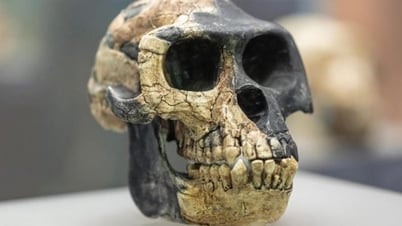

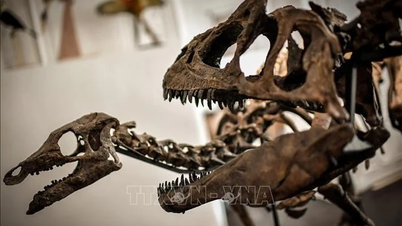

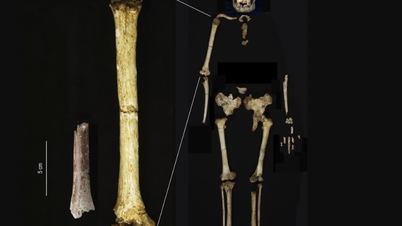
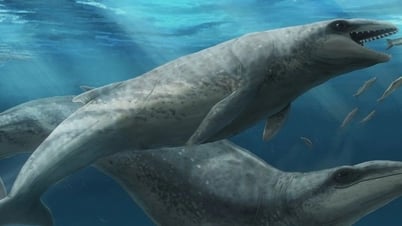

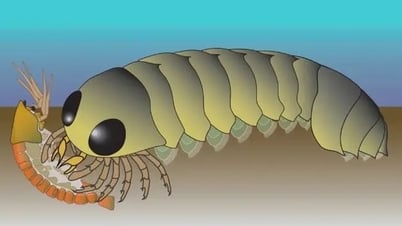


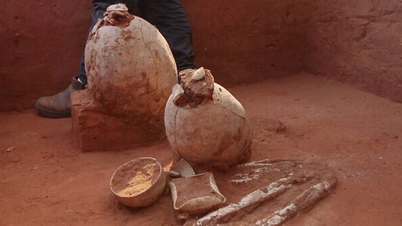































































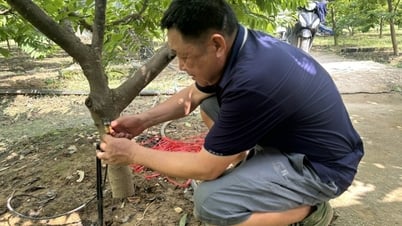












Comment (0)